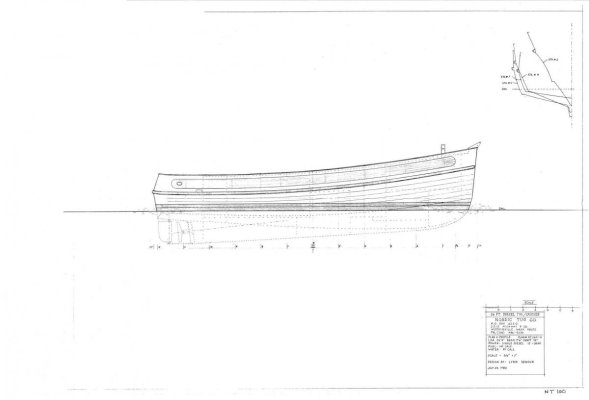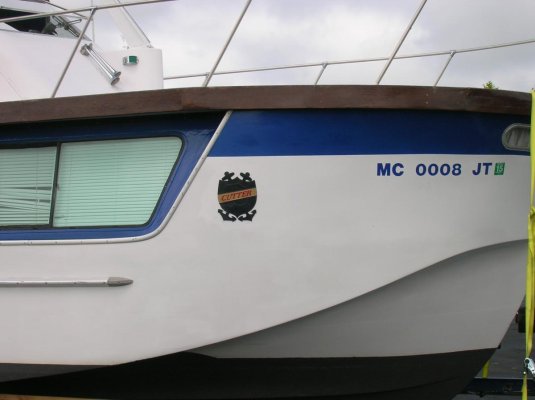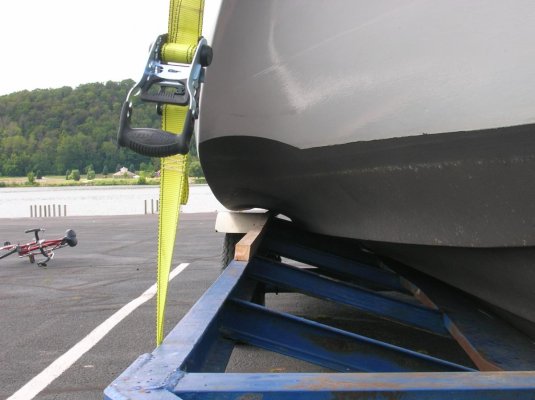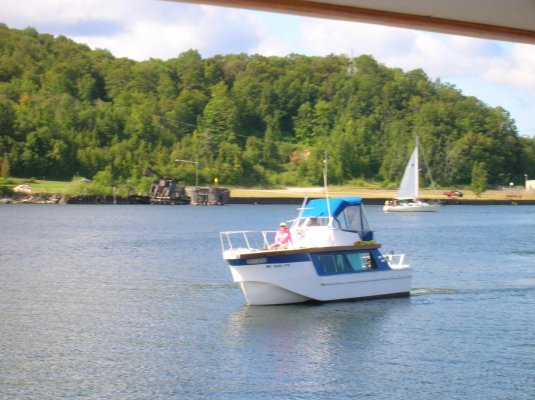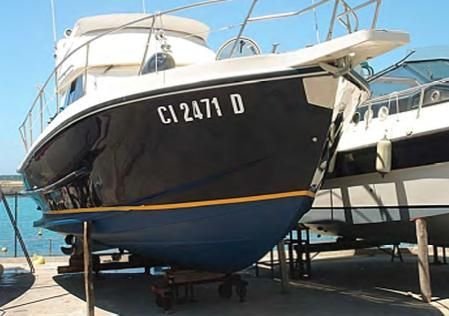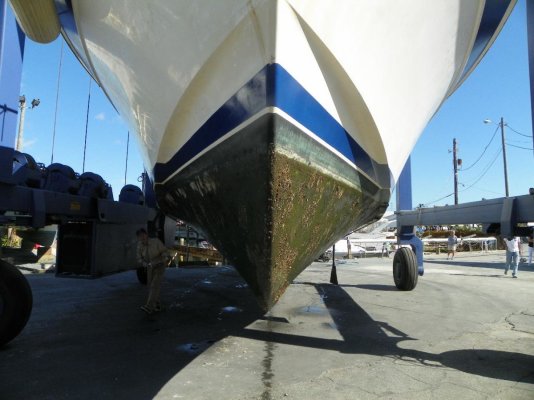Does that mean the designers of freighters and tankers have been getting it wrong since the first cargo carrying hollow log?
Maybe so, only their clients know for sure.You missed the whole point of the last several pages. The only right or wrong is what is right or wrong for you. That is why there are so many variations of hull designs. You pic the designs that suit you best.
In the oilfields in the Gulf of Mexico there are 3 main types of boats used. All of them carry personnel and cargo including water and fuel to the platforms and rigs.
Crew Boats - aluminum - typically between 95 to 135 ft. Pretty much a semi-planning or planning hull. Not very good at planing but they get up there a little. When at full speed, usually 18 to 25 kts they drink fuel. Efficient -NO. Comfortable - NO. Fast - YES. When they need parts, people and supplies, no one cares about cost. It's all about time. That shape hull is best for them.
Utility Boats - Steel Hull - semi displacement of sorts. Usually about 85 to 135 FT.
top speed is about 12 kts. Fuel Efficient - NO, Comfortable - Hell no!, Fast - Hell NO!. Underpowered - YES!. They are akin to a giant shoebox on the water. they carry a fair amount of cargo for their size and charter price is very reasonable. Used a lot for crew change and supplies including water and fuel when time and speed is not a factor. If we are unfortunate enough to have our crew change by Utility Boat we are pissed. On our day to go home we get 12 hours pay whether we fly an hour or spend all day on a utility boat - same pay.
Supply Boats - Usually well over 150 to 200 ft. Capable of very heavy loads like cement and mud in addition to water and other supplies. Longer deck makes them ideal for carrying drill pipe. Comfortable: so-so. Efficient - not too bad. Speed - I could swim faster. About 9-10 kts. on a good day. Best choice for large heavy loads considering they are the only style boats out there that can handle it.
So, the only right or wrong style is hiring the wrong boat for the intended job. So, maybe the freighters and tankers have been getting it wrong if the clients are not happy. Or maybe they are getting it right because there are a bunch of them out there.
Gotta go, I'm outta thorazine.
Ciao

